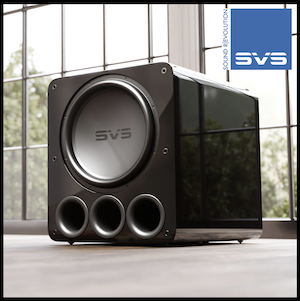(May 6, 2025) IsoAcoustics has revealed a next-generation expansion of its acclaimed GAIA isolation feet lineup. The new GAIA Neo and GAIA-TITAN Neo models bring enhanced design, seamless height adjustment, and simplified installation to a product family already considered a gold standard in high-end speaker and component isolation. Scheduled to make their public debut at HIGH END Munich (May 15-18), the Neo lineup will be available globally in Q3 2025, with pricing to be announced.
The GAIA Neo series continues IsoAcoustics’ patented approach to acoustic isolation—eliminating parasitic vibrations that transfer between speaker and floor, which the company says can cloud performance. But this time, the company’s engineers have dialed up both the functionality and the finish. A lower rotating ring makes it easy to adjust height while preserving on-axis alignment, while the installation process is simplified by eliminating lock nuts. A compressible O-ring ensures firm but non-invasive coupling to the speaker or component above. Models come in two finishes—dark chrome and black—and include the three most common thread sizes.
Each GAIA Neo is purpose-built to optimize performance based on load weight, following a tiered system that matches speakers and components of different sizes:
GAIA Neo Series – Specs at a Glance
- GAIA III Neo
• Weight Cap: 32 kg (70 lbs)
• Size: 2.2 x 1.8 in (56 x 45 mm) - GAIA II Neo
• Weight Cap: 55 kg (120 lbs)
• Size: 2.6 x 2 in (65 x 50 mm) - GAIA I Neo
• Weight Cap: 100 kg (220 lbs)
• Size: 3 x 2 in (77 x 52 mm)
- Theis Neo
• Weight Cap: 145 kg (320 lbs)
• Size: 3.4 x 2.2 in (86 x 56 mm) - Rhea Neo
• Weight Cap: 190 kg (420 lbs)
• Size: 3.7 x 2.4 in (94 x 60 mm) - Cronos Neo
• Weight Cap: 281 kg (620 lbs)
• Size: 4.2 x 2.5 in (106 x 64 mm)
The GAIA Neo’s debut is already making waves in the OEM sector, where IsoAcoustics partners with brands like Sonus faber, PSB, and Perlisten. According to the company, several new flagship loudspeakers built around GAIA Neo and GAIA-TITAN Neo isolators will be announced at the Munich show.
"GAIA Neo makes it easier than ever for audiophiles and hi-fi enthusiasts to unlock the full potential of their systems,” said Dave Morrison, Founder of IsoAcoustics. “GAIA is the standard in isolation performance for the audio market, and we’ve worked very hard to make this outstanding product line even better. Neo is the culmination of this exploration.”
For more information, or to find your model using IsoAcoustics’ updated online product selector, visit www.isoacoustics.com.
Related Reading:









